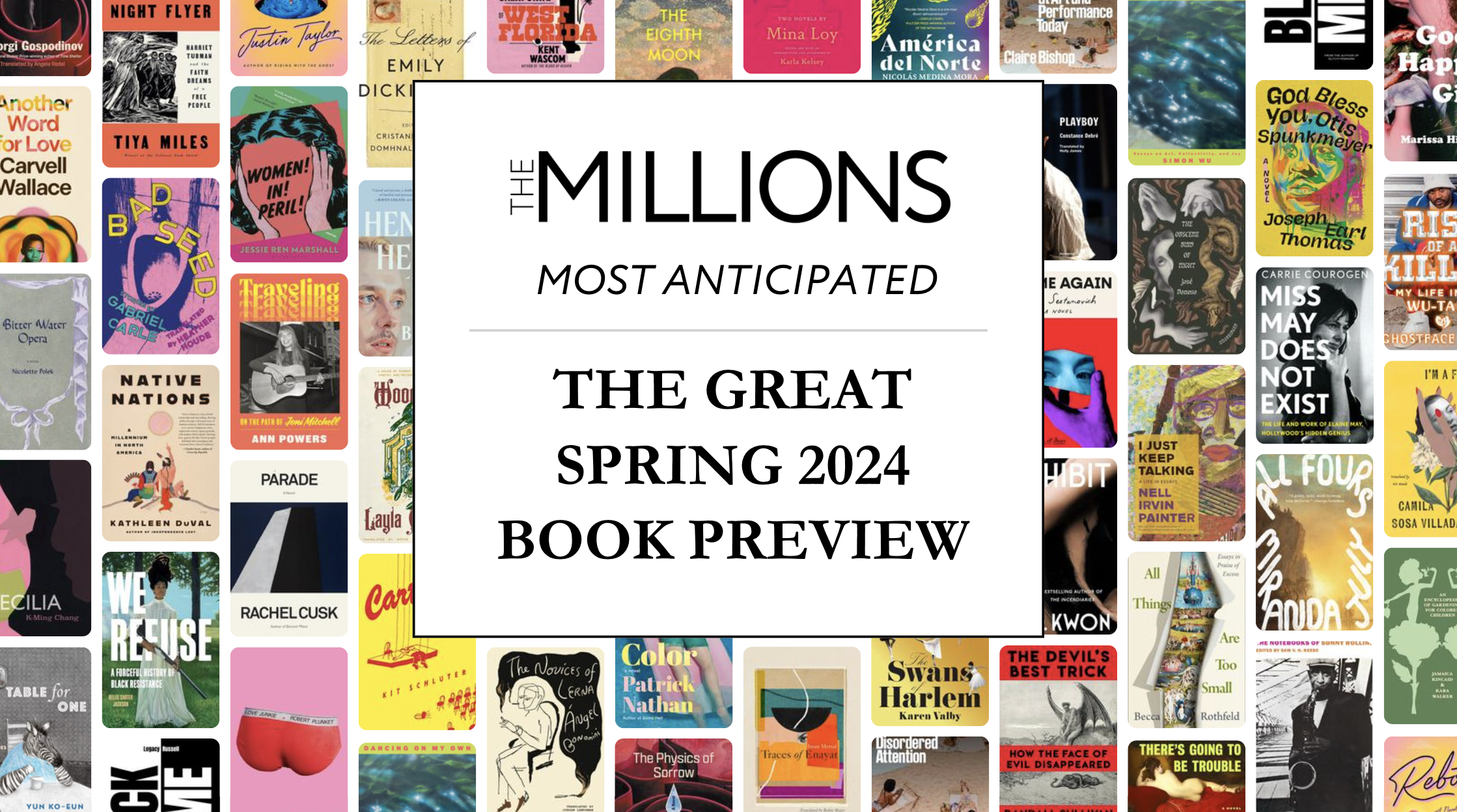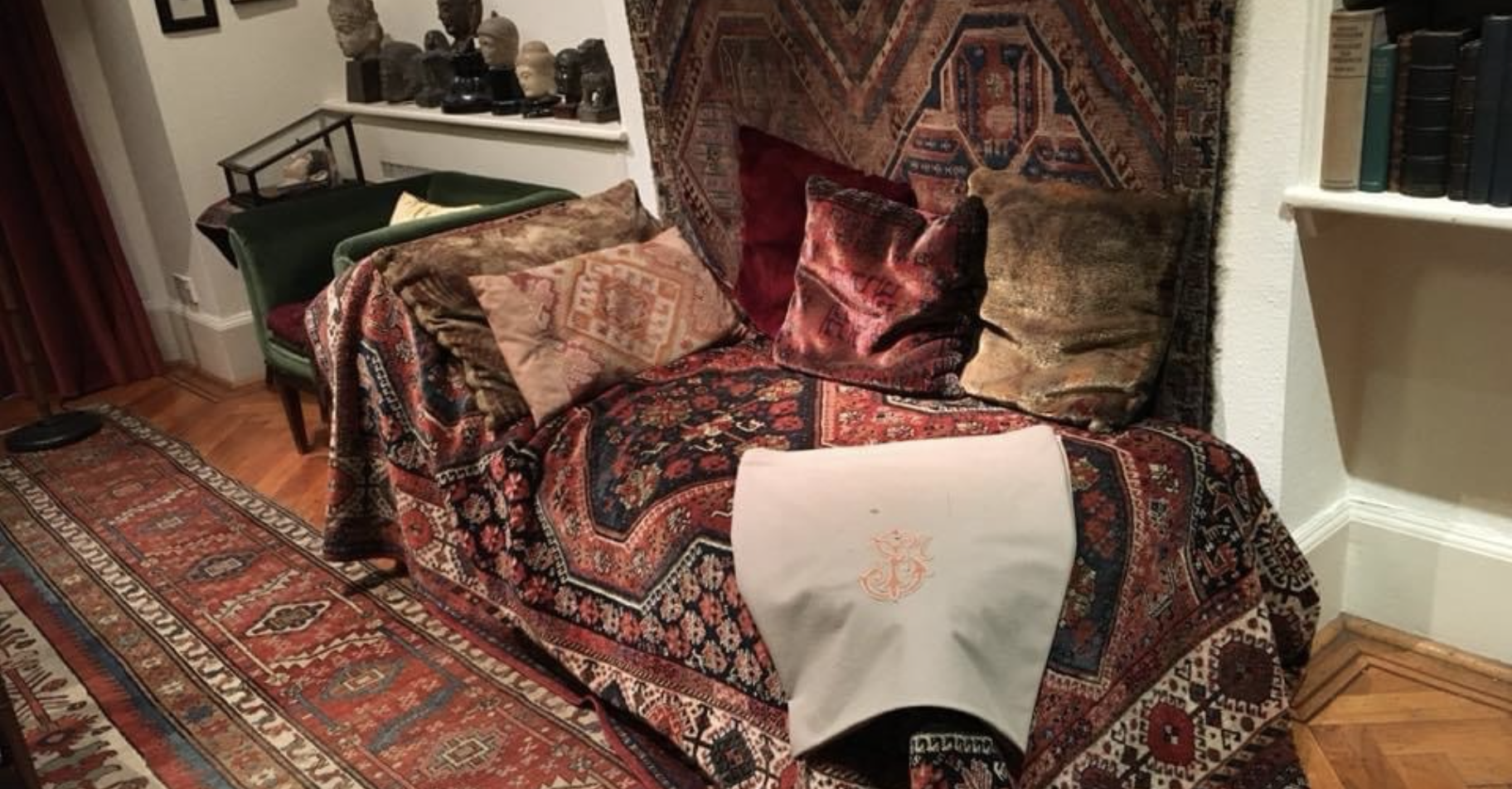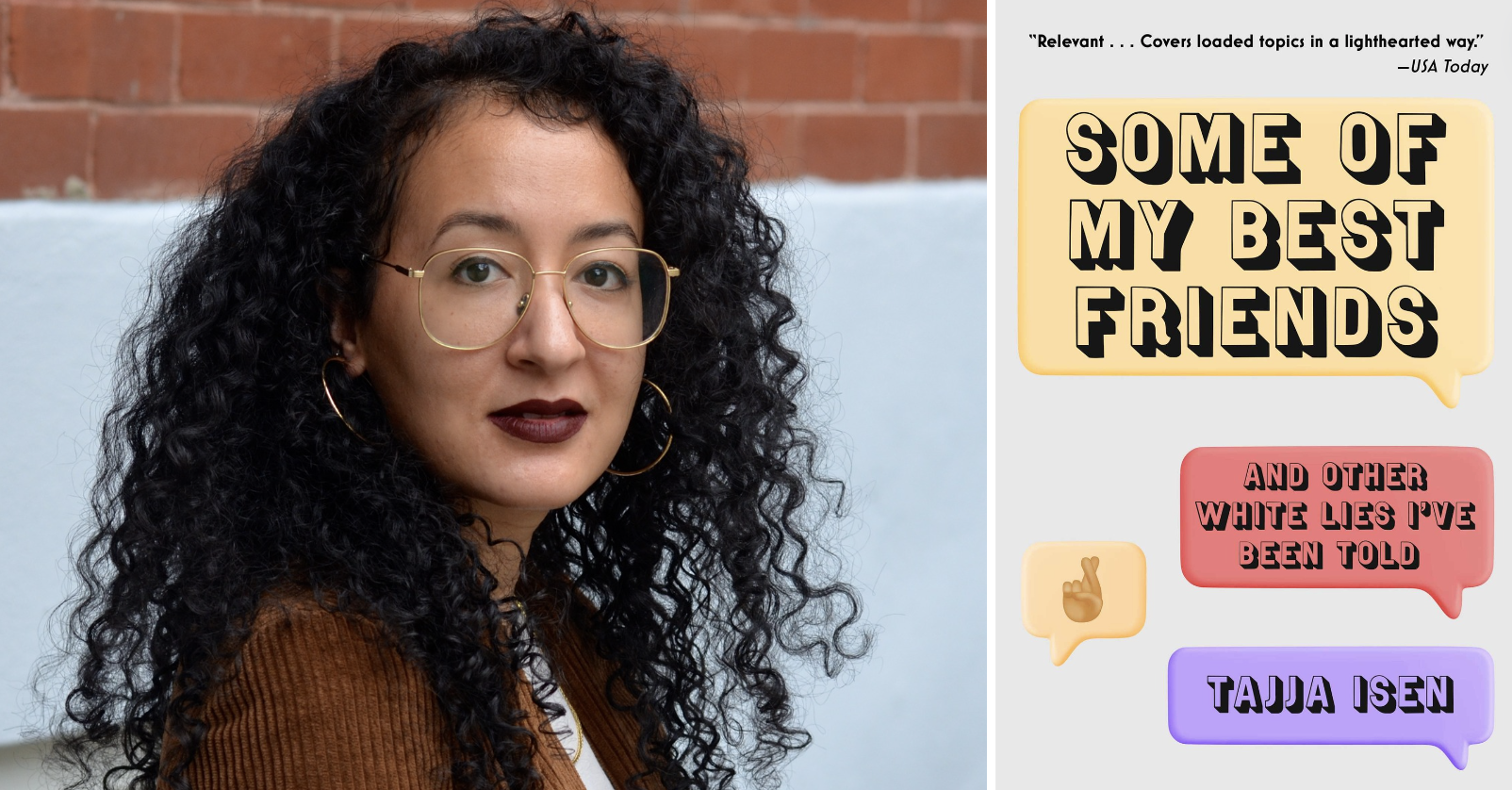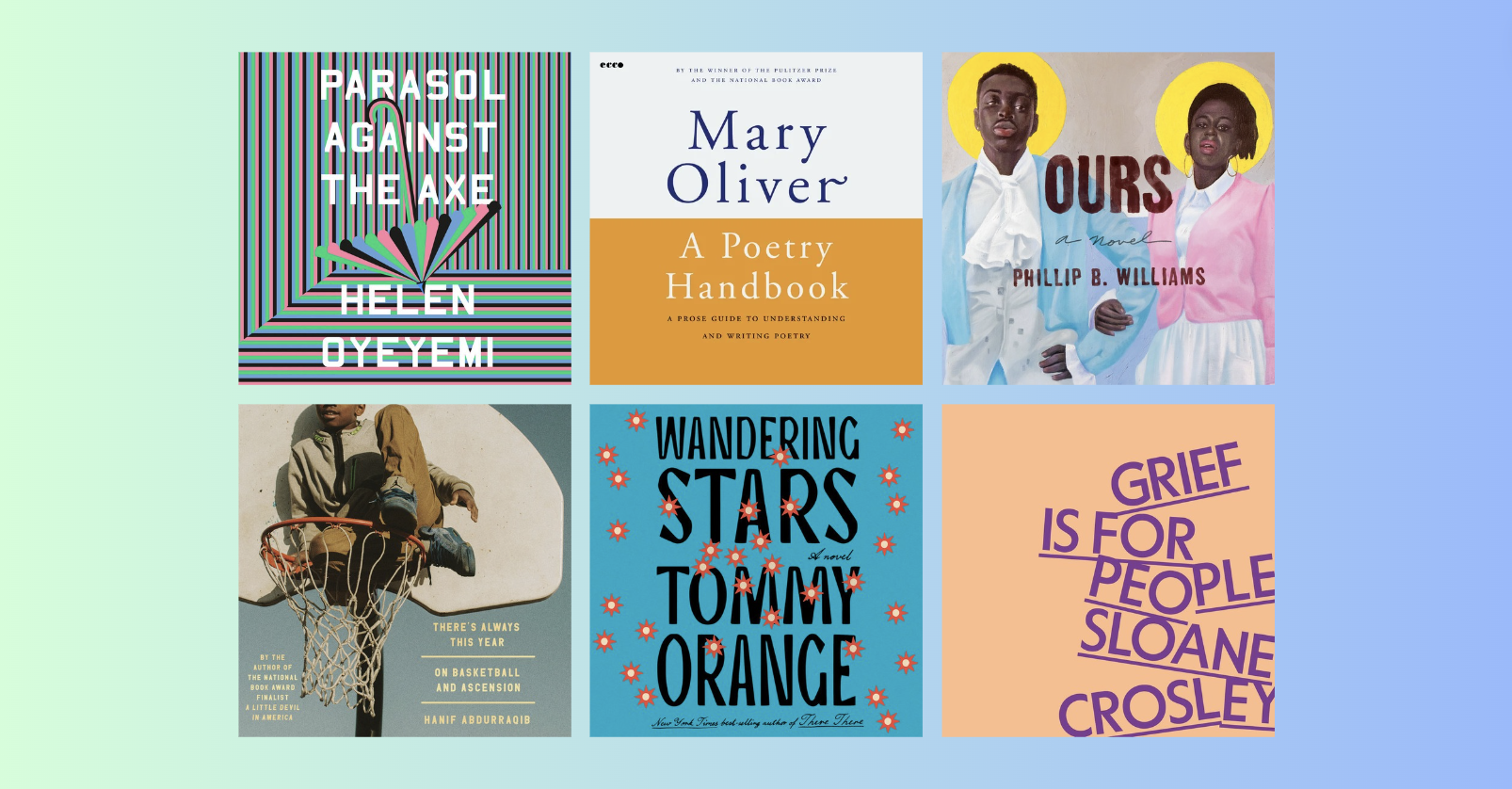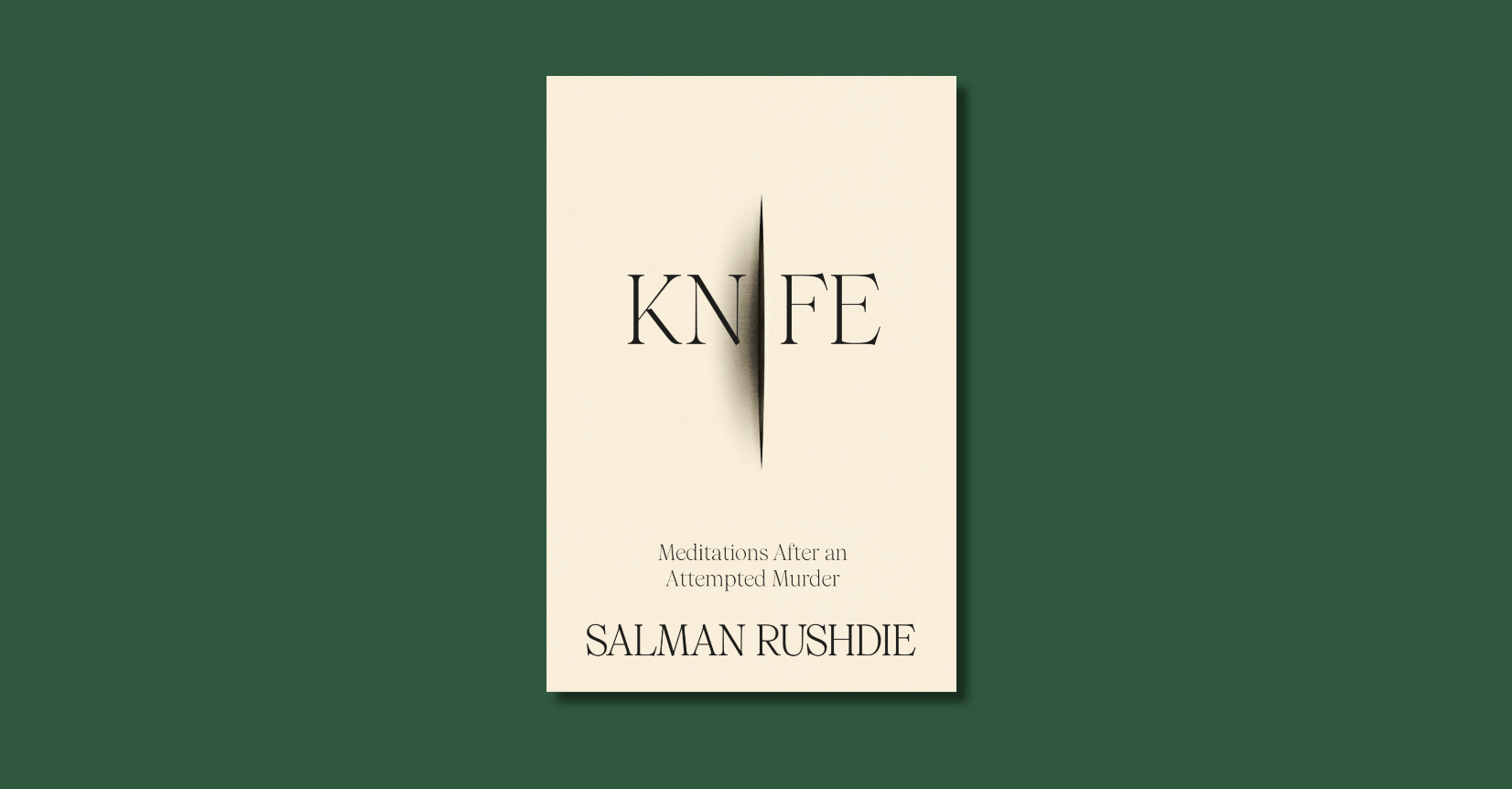How did Langston Hughes and Zora Neale Hurston become friends? For Longreads, Yuval Taylor tells the story of a fortuitous road trip, on which Hurston drove Hughes from Mobile to Tuskegee in her Nash coupe. “The road trip provided the perfect opportunity for Zora and Langston to compare notes from their Southern travels, exchange ideas, and explore, along the back roads, the characteristics of African American culture that informed their greatest work,” writes Taylor. “They had both kept meticulous records of songs, sayings, turns of phrase; they related their impressions of conjure wisdom, including the names of potions and powders; they delighted in the cultural riches of their Southern black brethren.” And thus, one of the great literary friendships was born.
On the Road with Hurston and Hughes

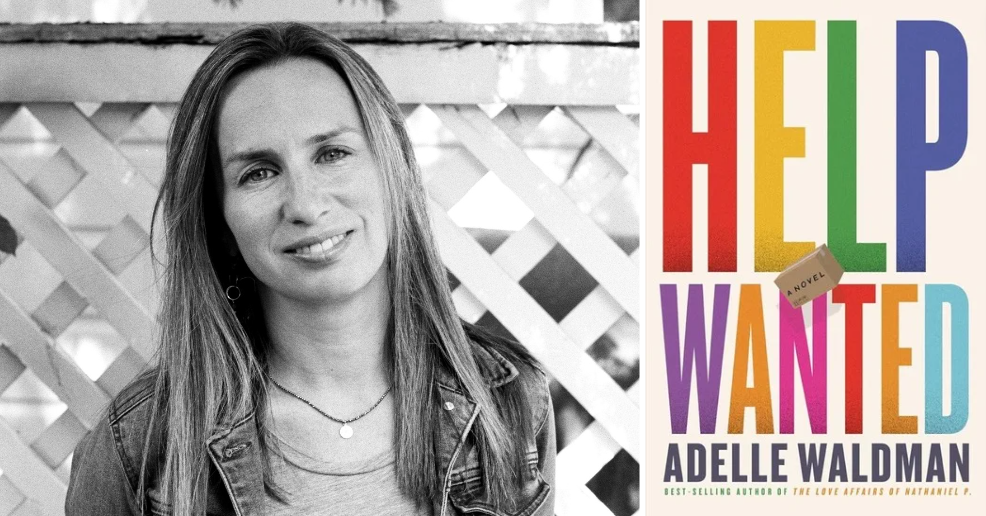
Adelle Waldman on Her
‘Nickel and Dimed’–Inspired Novel
"I think too many people—and I include myself in this—find ways of staying insulated from that reality."
●
●
●
●
●
●
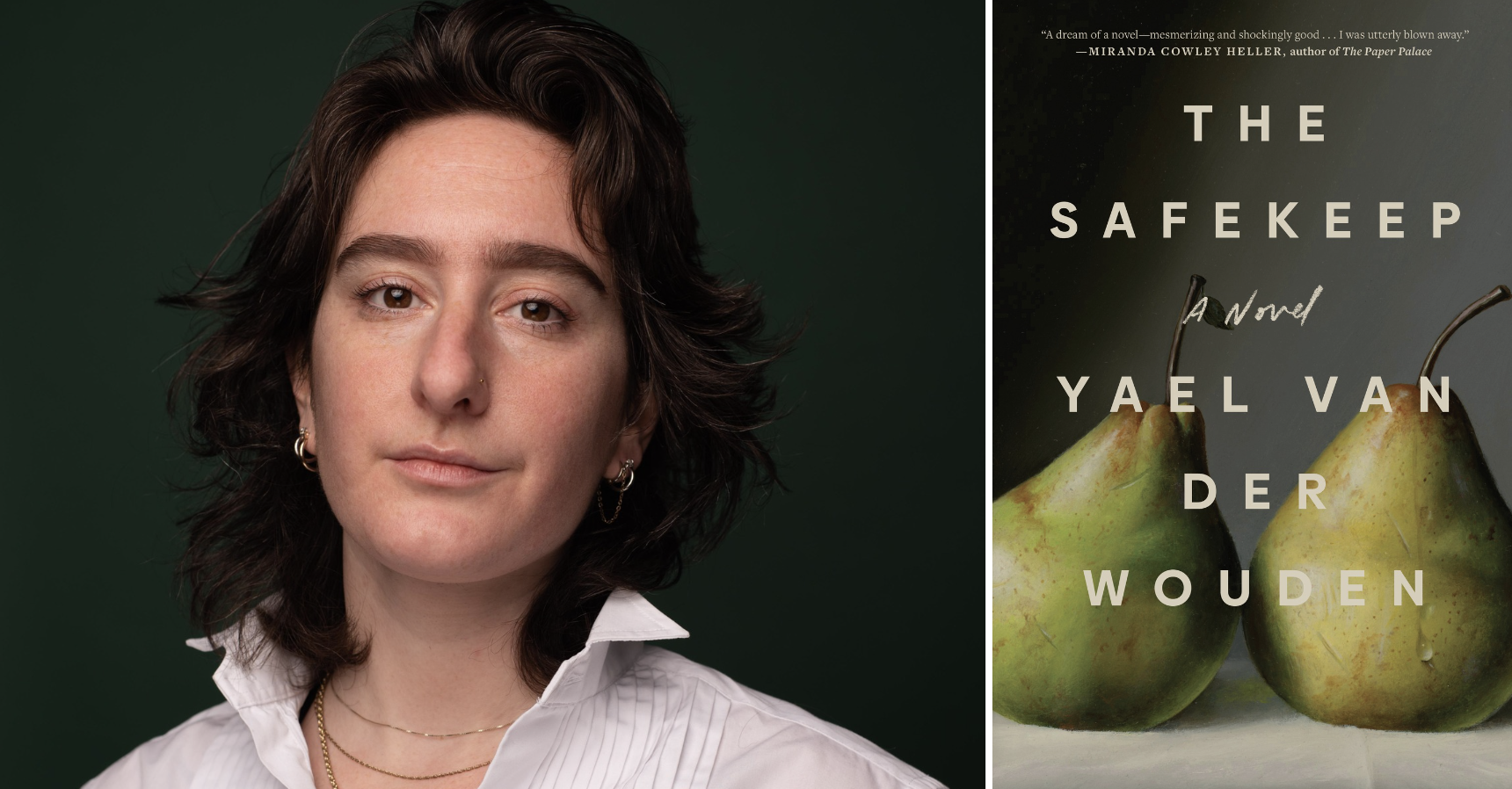
Yael van der Wouden Wants to Touch Everything
"The moment the sex turns gratuitous you lose the tension, and therein the emotional investment of your readers."
●
●
●
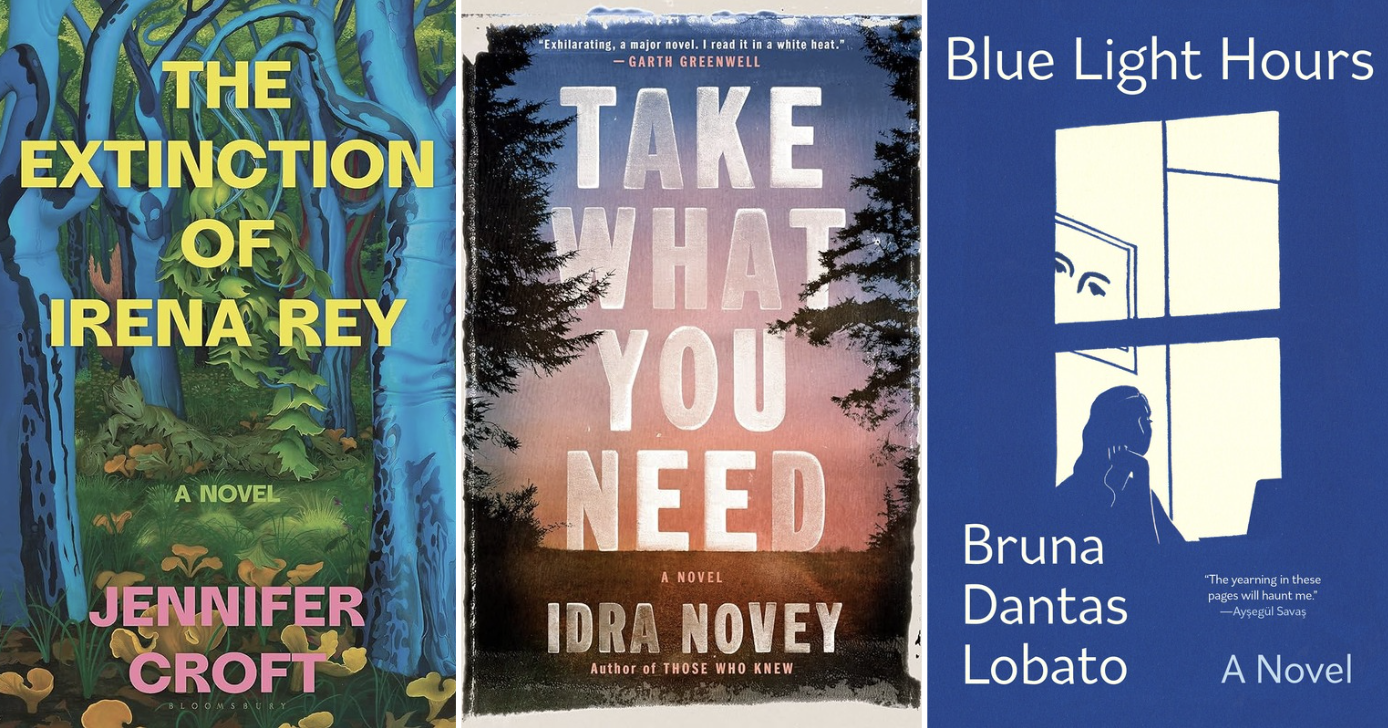
Want to Write Better Fiction? Become a Translator
For K.E. Semmel, Jenny Croft, Idra Novey, and Bruna Dantas Lobato, translation was a crucial training ground for writing fiction.
●
●
●
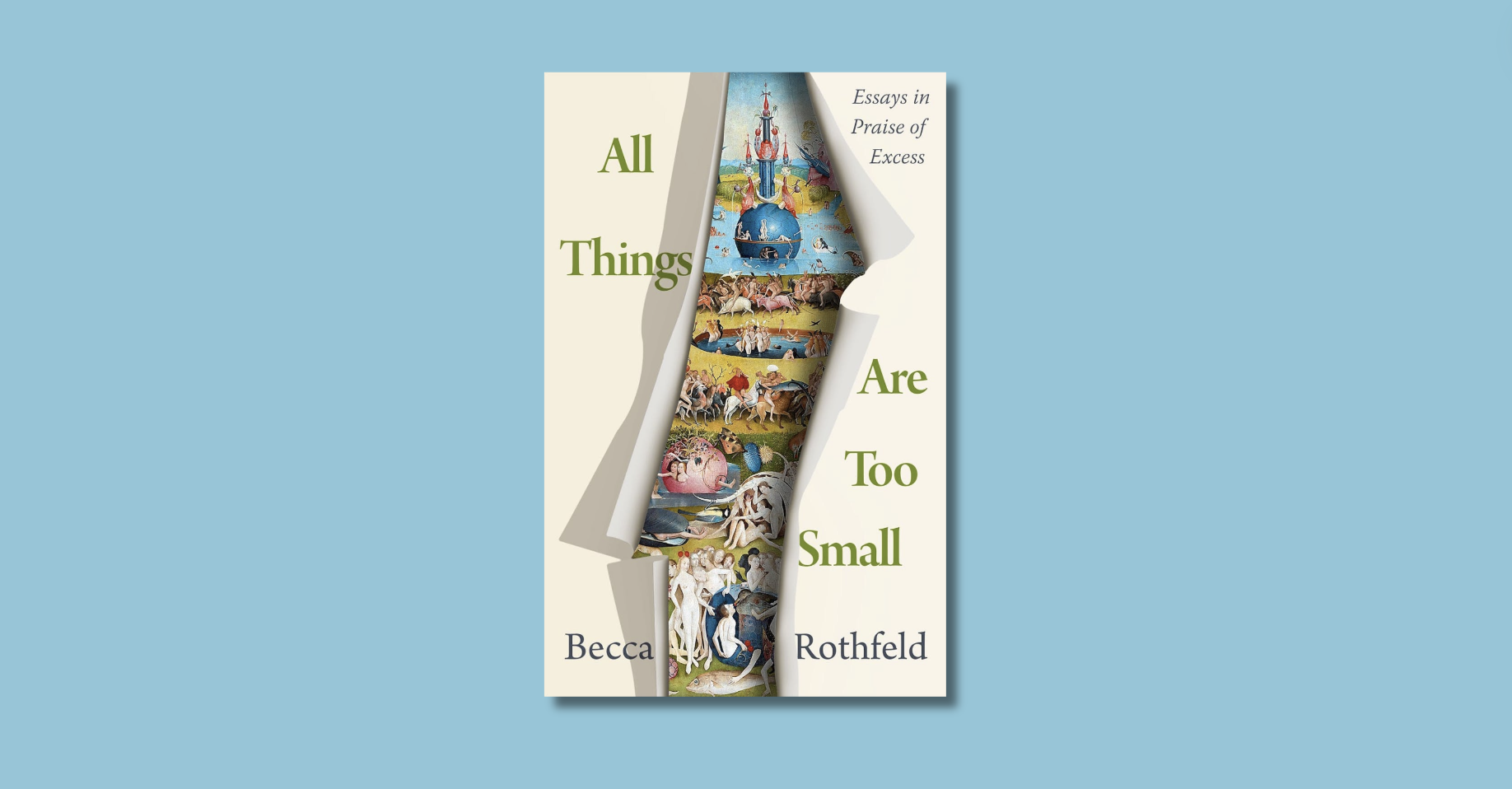
Becca Rothfeld’s Exuberant Ode to the Risks of Rapture
There is no experience of longing that is not, at the same time, an ethical revelation.
●
●
●
